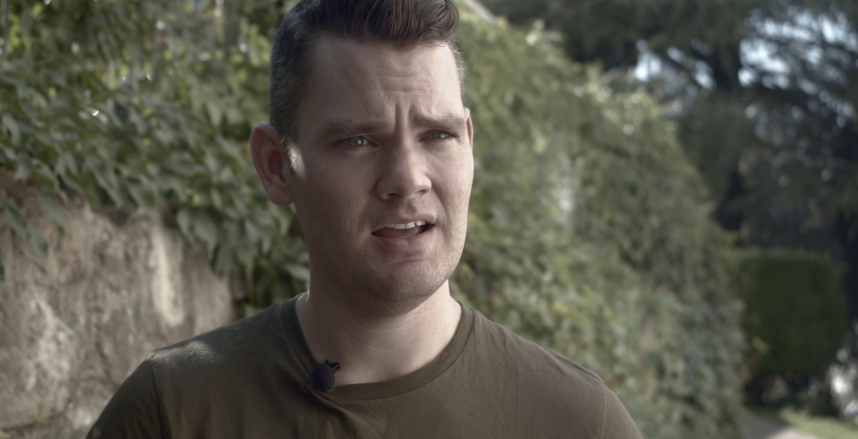
First, what are open source investigations? Benjamin Strick, an open source investigator for BBC Africa Eye and Bellingcat, calls them “any publicly available data that we can get our hands on and running an investigation without having to get feet on the ground.”
For troublesome areas in the world, the possibility of researching without putting yourself in danger is important.
Getting into it is easy, Strick said. “There’s a really friendly online community on Twitter. That’s how Bellingcat was formed, with all of these friendly people.”
When anyone at Bellingcat publishes an investigation, they often show how they got their result, so it’s easy to follow their steps.
“Not only is it finding out really interesting things about how the world works and what happens in conflict and government corruption, but also how you can find that information and the different tools and tips that they pass on that you can use as well,” Strick said.
“Anatomy of a Killing”
Getting familiar with different OSINT techniques opens up a huge field of potential stories.
One of the most striking was “Anatomy of a Killing ,” a documentary published by BBC Africa Eye. In July 2018, a video published on social media showed two women and two children being led away at gunpoint by a group of Cameroonian soldiers. They were blindfolded, forced to the ground, and shot 22 times. The government of Cameroon dismissed the video as “fake news,” but BBC Africa Eye proved where the video was filmed, when it happened and who was responsible for the killings, with names of the people who were involved.
It took them three months to piece the story together.
“Sometimes, it can be quite quick, such as a simple fact check of an open source or a simple geo-location or chrono-location. But sometimes a complete investigation could take quite long. There have been investigations that we worked on that took six months up to a year,” he said.
Tools of the trade
Every investigation starts with some kind of footage that must be verified, located and explained in detail. The first task is to precisely determine the way it came to the investigator; was it from social media, or from a phone app like WhatsApp or Signal?
“They might already have information: ‘Yeah, this is a video that was shot in Sudan about the protests recently,’” Strick said. If that’s the case, the investigator’s job will be somewhat easier, although they still need to go through all the steps to verify it.
“I would go through using image-reverse searches, having a look if I could geo-locate the videos, then find the location on satellite imagery, which would give me a name of a place, and going further and pivoting on that information to find out more,” Strick said.
The most important tools Strick uses are Google Earth and various satellite imagery tools. Many of them can be found in Bellingcat’s list of tools as well as on BIRD.